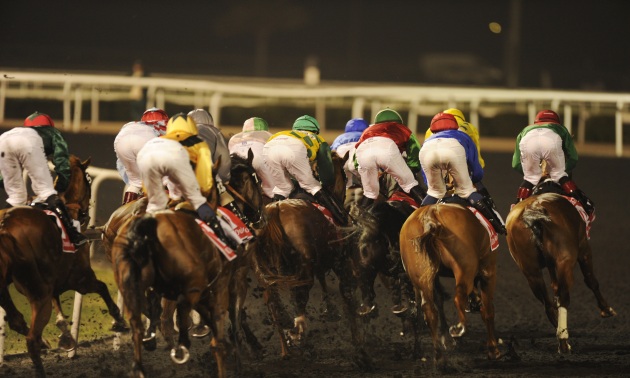Like any statistics, ratings can be used or abused, overcooked or overlooked, all or nothing in significance, pushed right into the centre or right out to the periphery of what matters, just to suit a slant on a debate. A big rating doesn’t define a great horse, though a horse can’t be defined as great without one, whatever the finer points of the figure.
A rating has a value because it is a value. And the most important factor, for its use as a means of comparison, is that it’s a value earned rather than given, or at least it should be. Far from being awarded or arrived at, by one or by committee, ratings are achieved; it’s the work of the horse and not the human. Ratings are an assessment second and a calculation first, based on decades of data, and when it’s within the firm and fixed framework of a long-standing scale, as is the handicapping process at Timeform, then why couldn’t and shouldn’t we use it as a way – as the only way - of comparison between great horses of different generations, in different jurisdictions, on different surfaces.
The G.O.A.T. debate, into which Arrogate threw his outsized Stetson on Saturday, is obviously about so much more than a number, but the weight and worth of that number is considerable as the only objective island in a sea of subjectivity. His Timeform rating that puts him in the exclusively-elite 140+ club was all his doing, not ours.
In its third decade, the Dubai World Cup has more than enough historical data for a robust race-standard figure, of what a ‘normal’ winner, second and third looks like, all fortified by the prior ratings of the horses themselves in the field. Given the pounds and profile he brought into the race, in conjunction with the run he had through it, and his clear superiority over the rest, Gun Runner explicably achieved a higher rating than the average World Cup runner-up, but, equally explicit, the two-and-a-quarter lengths separating him from the winner at the line doesn’t begin to do justice to Arrogate.
While the scale has remained steadfastly the same, the analytical tools for pinpointing performance have been sharpened over the years, including in the realms of adjustments, for accordingly marking down and, moreover, marking up. In this case, in addition to time analysis, we have the wonder of Trakus, a quasi-GPS system which measures trip distances for any and every horse, individually and comparatively, in any given race. Incorporating the extra data, for the ground forfeited both at the start and by recovering wide, Arrogate’s rating rises from 134 for the unflattering raw result to a fairer and fuller 141.
The upgrade of 7 lb, equating to just over three lengths, might even sound conservative, but the point is that it’s calculated, reflecting not a hunch nor a hypothesis but an achievement. His rating of 141, like his World Cup win, like his sequence, like his CV, like his versatility, like his likeability, is his achievement, to be compared and contrasted with the achievements, and not the assessments, of other greats.
Frankel achieved more. That’s not a statement of fact but of factual evidence, as much as it ever can be in cross-generational contemplation. And that’s only our say, but our only say. Secretariat, for one, unfairly doesn’t have a say, as Timeform didn’t have the means or mechanism to rate US horses back then. Who was the best of all time? Ratings can’t say everything, but they say a lot, arguably more than any other criteria in the mix. Horses should never be seen as just numbers, but equally this great game of the greatest game in the generation game is a numbers game, otherwise racing isn’t a race at all.






















.jpg)


 Url copied to clipboard.
Url copied to clipboard.


.jpg&w=300)
.jpg&w=300)
.jpg&w=300)
.jpg&w=300)
.jpg&w=300)






























